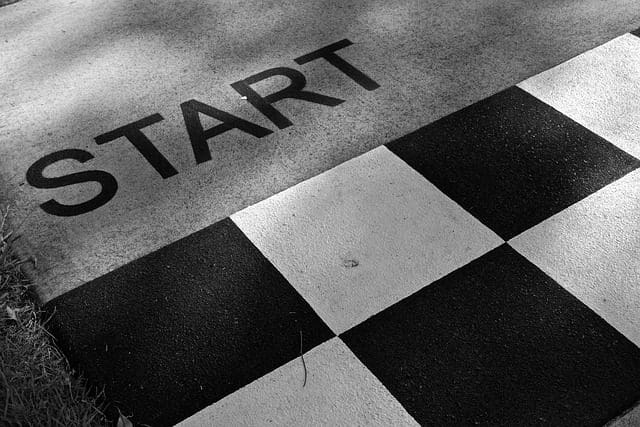Pinewood Derby races have been a favorite pastime for many since their inception in 1953. Each year, participants worldwide gather to design and construct wooden cars that race down a sloped track powered solely by gravity. While the event may seem simple, several advanced techniques can be applied to create a winning car. This article will discuss advanced techniques to help you push the limits and leave your competition in the dust.
The Science of Speed
To build a winning Pinewood Derby car, you must first understand the science behind the speed. Three primary factors contribute to a car’s velocity: weight, aerodynamics, and friction.
Weight Distribution
The optimal weight distribution for Pinewood Derby cars is critical to achieving maximum speed. The general rule of thumb is to place 60% to 70% of the car’s weight toward the rear. This positioning will increase the gravitational potential energy, thus providing more kinetic energy when the car starts rolling downhill. Remember, the maximum weight allowed for a Pinewood Derby car is typically 5 ounces (141.7 grams).
Aerodynamics
Aerodynamics plays a significant role in a vehicle’s speed. By reducing air resistance, you can increase its velocity. Consider designing your car with a low-profile, streamlined shape to minimize drag. Additionally, sand and polish your car’s body as the smooth surface will reduce air resistance.
Reducing Friction
Friction can significantly slow down your car. You can enhance your vehicle’s performance by minimizing friction between the wheels and axles. Several techniques can be used to reduce friction, such as using high-quality graphite lubricant or polishing the axles.
Crafting the Ultimate Car Design
Selecting the Right Wood Block
The foundation of a winning Pinewood Derby car starts with the wood block. Choose a block with straight grain and minimal knots. These characteristics make it easier to shape the block and ensure a more consistent weight distribution.
Utilizing Advanced Carving Techniques
Consider using advanced carving techniques to create an aerodynamic and visually appealing car. Dremel tools or coping saws can be used to shape your car’s body, allowing for more precise and intricate designs. Remember to sand and polish the surface for a smooth finish.
Weight Placement
Strategically placing weights within the car can dramatically impact its performance. Consider using tungsten or lead weights, which are denser than other materials and allow for more precise weight distribution. As discussed, place these weights towards the car’s rear to maximize potential energy.
Fine-Tuning for Peak Performance
Aligning the Wheels
Proper wheel alignment ensures your car travels straight down the track. Misaligned wheels can cause your car to veer off course or lose speed due to increased friction. Use a wheel alignment tool or straight edge to align your wheels properly.
Polishing the Axles
Axle polishing can significantly reduce friction between the axle and wheel. Start by using fine-grit sandpaper to remove any imperfections or burrs. Finish the polishing process with a high-quality compound to achieve a mirror-like finish. This will ensure minimal friction and maximum speed for your Pinewood Derby car.
Lubricating the Wheels and Axles
A high-quality lubricant, such as graphite, can further reduce friction between the wheels and axles. Apply a thin lubricant layer to both the axles and wheel hubs. Be careful not to over-apply, as too much lubricant can attract dirt and debris, ultimately increasing friction.
Testing and Adjusting
Once your Derby car is complete, testing its performance is essential. Conduct multiple trials runs down a test track to identify issues and make necessary adjustments. By fine-tuning your car’s weight, alignment, and other factors, you can optimize its performance for race day.
Conclusion
Building a winning Pinewood Derby car requires a balance of science, craftsmanship, and attention to detail. By understanding the principles of speed, utilizing advanced carving techniques, and fine-tuning your car for peak performance, you can create a car that pushes the limits of Pinewood Derby racing. As you implement these advanced techniques, remember that the journey of designing, constructing, and racing your car is just as important as the outcome.
About the Author/s
The New Jersey Digest is a new jersey magazine that has chronicled daily life in the Garden State for over 10 years.
